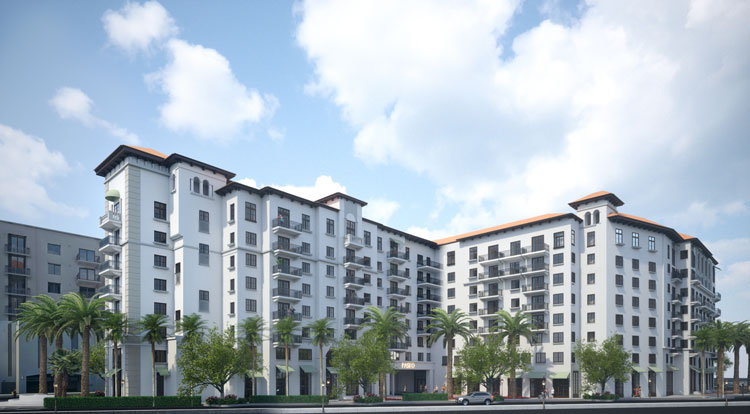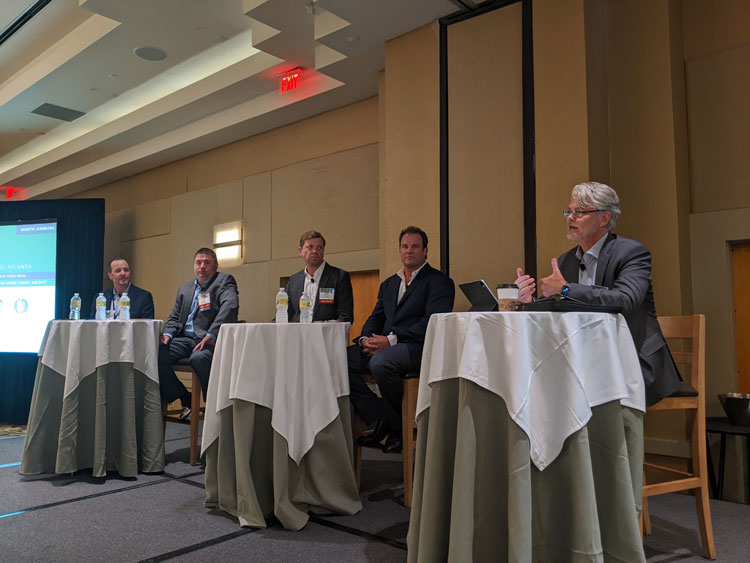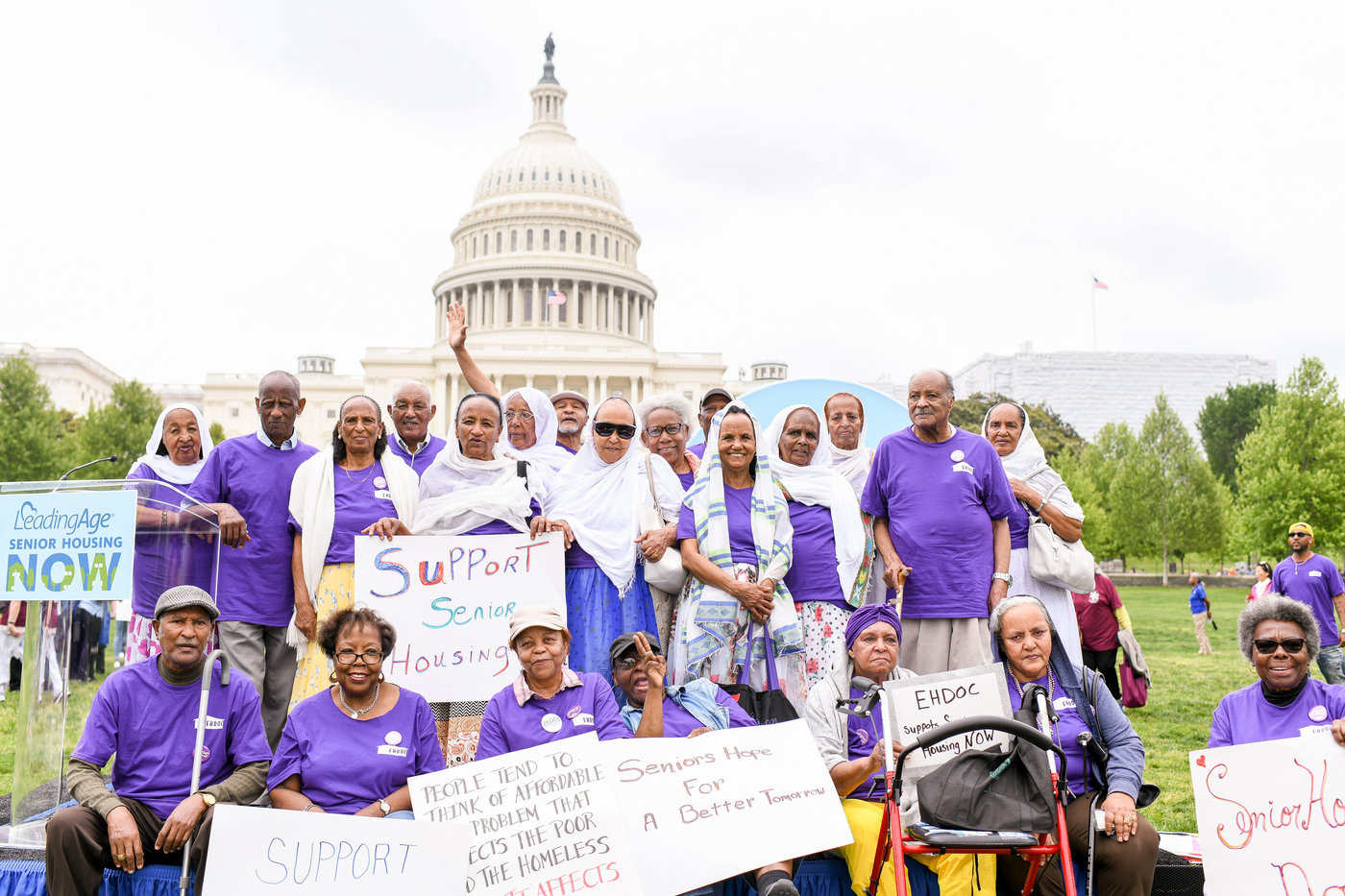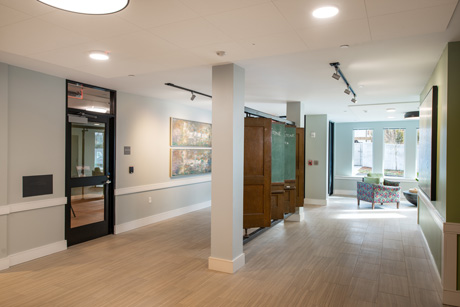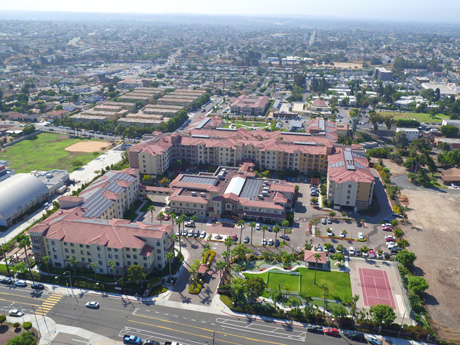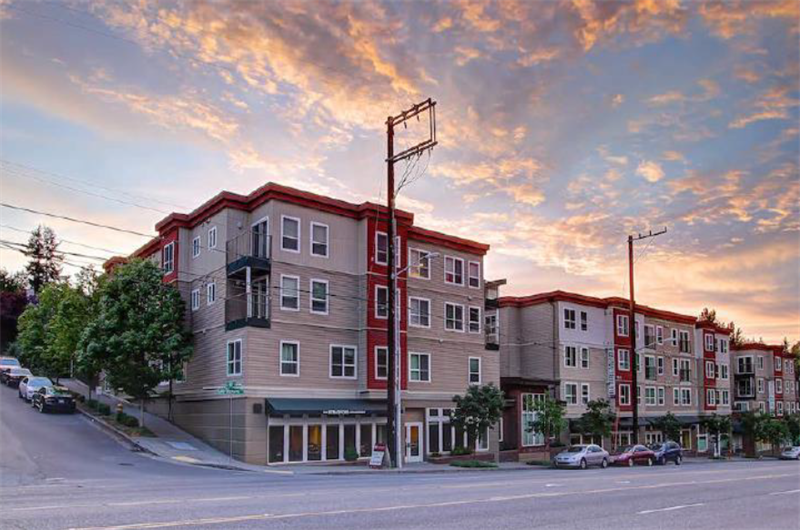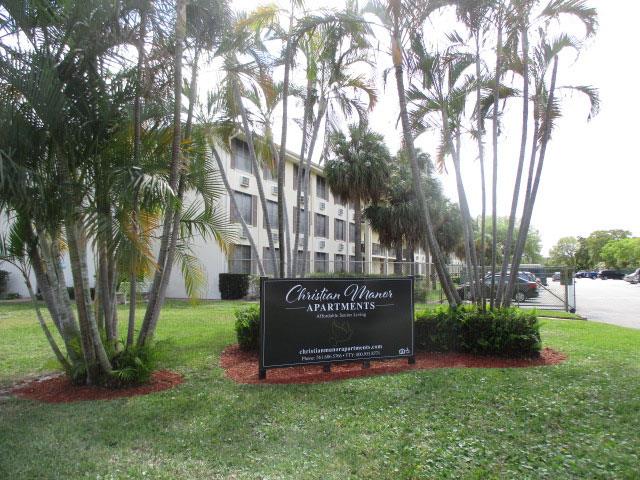When the going gets tough, top developers are drawn to sites where the competition is limited. By Bendix Anderson Developers are building fewer new seniors housing units today than they have in years. Rising interest rates and the high cost of land, labor and construction materials have made development more expensive than ever. A potential new seniors housing community would need income from strong, steady rents to justify these high costs. But after years of overbuilding before the coronavirus and the shock of the pandemic itself, seniors housing vacancies remain …
From The Magazine
Advancements in artificial intelligence, mobile apps and even robots are becoming the new normal for improving seniors’ health. By Eric Taub A plaintive call from an elderly family member several years ago illustrated society’s digital divide. “The TV commercial said I should go on a website for more information,” she complained. “But I don’t know how to get on the internet.” That generation of individuals alienated by technology is now dwindling in number, gradually being replaced by aging baby boomers who, while not growing up with computers and smartphones, are …
As borrower interests change quickly in the post-COVID world, capital sources adapt to their needs. By Jeff Shaw Many factors go into a seniors housing investor or developer’s need for capital. Considerations such as occupancy at existing communities, construction costs for new buildings, interest rates, inflation and capitalization rates all play a critical role in how companies choose to invest in the sector. When those factors push the industry in one direction, causing a trend, lenders and borrowers come together to see if they can make a project work for …
The pandemic and a new White House administration lead to a changed legal and regulatory landscape, and the jury is still out on the near-term and long-term impacts. By Jeff Shaw The seniors housing industry has undergone an unprecedented amount of transformation in the last few years, and the government priorities and legal issues surrounding the sector have changed along with it. On the regulatory side, a change of White House administration in the heart of a deadly pandemic meant the baton had to be smoothly passed on a wide …
Nonprofit, for-profit operators decide how deeply to engage with ancillary businesses to deliver services to seniors — if they engage at all. By Bendix Anderson Many seniors housing properties still struggle to find residents to fill vacant units. At the same time, millions of seniors are living in single-family homes and becoming more isolated and increasingly frail. So, the last thing some seniors housing experts want to hear is that home care and home health agencies are growing — helping more seniors age in place, instead of moving into seniors …
More Empirical Data on Active Adult Sector is Needed to Woo Lenders, Says InterFace Panel
By Matt Valley The pandemic raised the profile of the active adult sector, which anecdotally experienced healthy rent growth and stable occupancy during the health crisis due to “sticky tenants” who tend to stay anywhere from three to seven years. What’s more, the sector hasn’t had to contend with the workforce challenges facing the more operationally intensive skilled nursing and private-pay seniors housing segments. Despite that positive storyline, arranging financing for active adult properties remains a tall order, said Ari Adlerstein, senior managing director at Meridian Capital Group and head …
Creative projects tackle many of the biggest trends in seniors housing, such as multigenerational living, affordability, downtown locations and walkable neighborhood amenities. By Jeff Shaw Adaptive reuse projects are a tricky proposition for seniors housing developments, with a long list of both pros and cons. On the positive side, a historic building that is valued in the community may find new life. Historic tax credits become available to help a project pencil out and increasing construction materials costs are mitigated by reusing an existing structure. Additionally, by reusing an existing …
Regional owners and operators are enjoying a goldilocks moment as local hands-on management gains favor in the wake of the pandemic. By Jane Adler Regional companies may have found their sweet spot. Last October, the real estate investment trust Ventas (NYSE: VTR) announced that it would transition operations of 90 of its owned senior living communities from Eclipse Senior Living to eight regional operators. Chicago-based Ventas said in a statement at the time that the communities had been adversely affected by the COVID-19 pandemic and would be best positioned for …
Bridge lending spikes as owners and operators look for short-term solutions coming out of the pandemic, which could portend an increase in permanent and agency loans. By Jeff Shaw Although senior living occupancies remain low and have been slow to recover in the wake of the COVID-19 pandemic, many owners and operators are looking to execute long-term business plans. Whether for renovations, expansions or simply operating capital to ride out the pandemic’s long-term effects, borrowers need bridge loans to achieve this goal. Average private-pay seniors housing occupancy increased 20 basis …
Mounting financial pressures on operators, combined with rising interest rates, leads to protracted transaction process. By Matt Valley A significant drop-off in the production of HUD 232/223(f) loans — popular with borrowers acquiring or refinancing skilled nursing, assisted living and memory care facilities — has lowered expectations for overall deal volume in the HUD LEAN Section 232 mortgage insurance program for fiscal year (FY) 2022. The consensus among HUD lenders is that the total dollar amount in annual loan closings will fall short of the $3.9 billion notched in FY …

